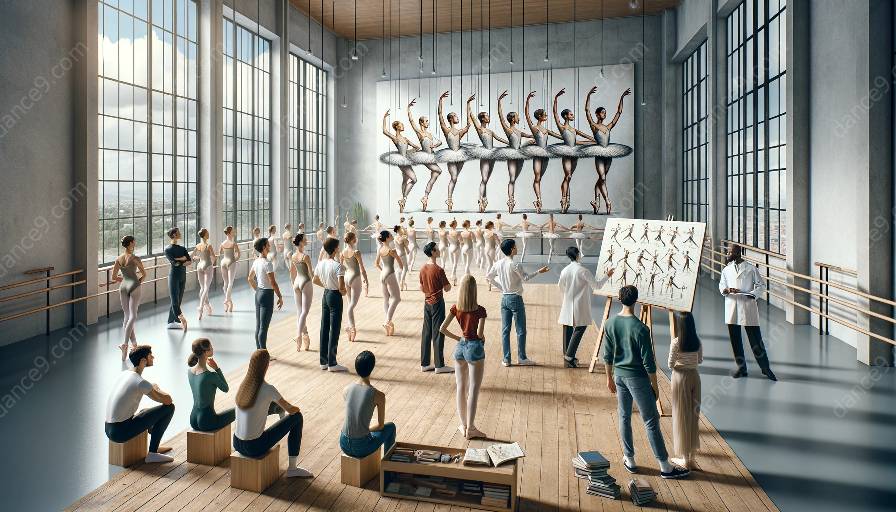Ballet notations provide a detailed and intricate system for recording dance movements, serving as a vital tool for dancers, choreographers, and scholars. To fully comprehend this unique language, it is essential to delve into the historical, theoretical, and performing arts aspects of ballet.
Ballet History and Theory
Ballet has a rich history dating back to the Italian Renaissance, with its roots in court dances and theatrical performances. It evolved into a formalized art form in France, notably during the reign of Louis XIV. As ballet gained prominence, the need for a standardized method of documenting choreography and movement became apparent.
Ballet notation systems have undergone significant evolution over time, with notable contributions from dance masters such as Pierre Beauchamp, Raoul-Auger Feuillet, and Vladimir Ivanovich Stepanov. These developments have not only enriched the historical tapestry of ballet but have also influenced its theoretical foundations, providing a framework for analyzing and interpreting dance compositions.
Understanding Ballet Notations
Notations serve as a visual representation of choreography, capturing the spatial relationships, footwork, and gestures inherent in ballet movements. By understanding these notations, dancers can learn and reproduce intricate sequences with precision, ensuring the preservation of choreographic works for future generations.
One of the most widely used ballet notation systems is the Benesh Movement Notation (BMN), developed by Rudolf and Joan Benesh in the mid-20th century. BMN employs a system of symbols and lines to convey the nuances of movement, offering a comprehensive method for documenting ballet repertoire.
Significance in the Performing Arts
Ballet notations play a crucial role in the broader landscape of the performing arts, facilitating the transmission of choreographic works across time and geographical boundaries. They enable dancers and choreographers to access and reinterpret historical pieces, ensuring the continuity of ballet traditions.
Furthermore, the study of ballet notations fosters a deeper appreciation for the art form, allowing individuals to unravel the intricacies of renowned ballet compositions. It provides a bridge between theoretical analysis and practical application, enhancing the understanding of dance as a performative art.
An Interactive Exploration
To engage with ballet notations in a tangible manner, consider attending workshops or courses that delve into the practical application of notation systems. These experiences offer hands-on opportunities to decipher and interpret notations, providing a holistic understanding of their role in the ballet ecosystem.
In conclusion, comprehending ballet notations entails embracing the historical, theoretical, and performing arts dimensions of the art form. By unraveling the intricacies of these notations, individuals can gain a profound insight into the world of ballet, fostering a richer understanding of its cultural and artistic significance.





























